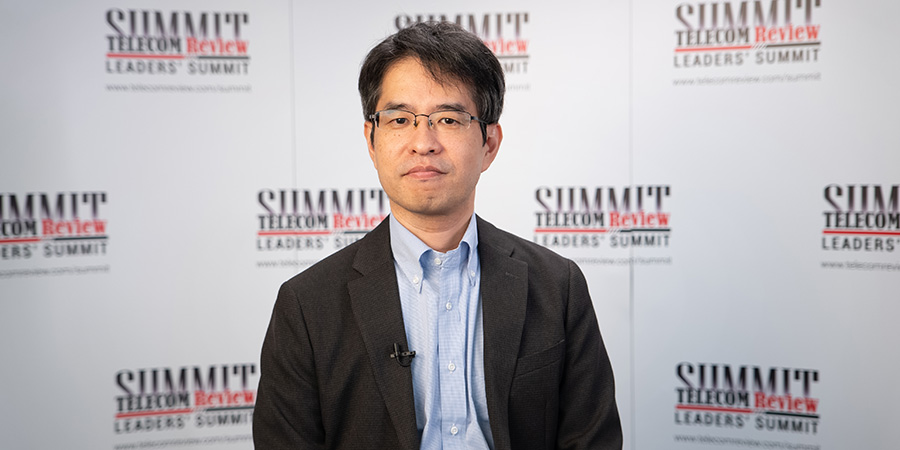In the Asia Pacific, SDN is recognized as a game-changer for telecom operators seeking to scale services across geographically diverse areas. By combining SDN with network slicing, operators can further enhance their capabilities.
Network slicing, a key feature of 5G, allows telecom operators to create multiple virtual networks within a single physical infrastructure. Each slice can be tailored to meet specific requirements, such as latency, bandwidth, and security, making it possible to deliver optimized services to different industries and applications. This capability is crucial as it enables 5G use cases, such as autonomous vehicles (AVs), smart factories, and remote healthcare.
SDN complements network slicing by separating the control plane from the data plane, providing network operators with centralized control over their infrastructure. This decoupling enables dynamic allocation of resources, faster deployment of new services, and improved network management.
This integration ensures that highly adaptive networks can automatically adjust to varying demands. For instance, during peak hours, a telecom operator could allocate additional resources to urban areas experiencing high traffic, while maintaining stable connectivity in rural regions.
Exclusive: 5G and SD-WAN Key to Traffic Steering and Optimized Network Slicing
Driving Industry-Specific Solutions
One of the most promising aspects of network slicing and SDN is their ability to cater to specific industry needs, with sectors such as healthcare, manufacturing, transportation, media, and energy in the Asia Pacific already reaping significant benefits.
Remote healthcare services have gained traction, especially in the wake of the COVID-19 pandemic, as network slicing ensures critical medical applications, such as those used in remote surgery and teleconsultations, receive the required bandwidth and low-latency connections. Notably, in 2024, NEC Thailand partnered with Umong to improve elderly care in Thailand.
Manufacturing leverages SDN for real-time reconfiguration and predictive maintenance, as seen in China’s 10,000 5G-powered factories initiative (launched in 2025) and Thailand's first 5G smart factory (launched in 2024). Transportation is also seeing benefits due to the integration of SDN-based smart traffic systems, as demonstrated by KT’s AI-enhanced network operations and NEC India’s smart city project in Tirupati.
Media industries are thriving due to seamless AR/VR streaming and live broadcasting, while energy sectors are utilizing slicing within smart grids to achieve renewable integration, as demonstrated by CelcomDigi and PETRONAS’s deployment of 5G for modernization. Companies like AxEnTec and RedDot Digital are also transforming Bangladesh’s energy landscape, while Indosat Business is leveraging advanced AI solutions to modernize Indonesia’s oil and gas industry, driving innovation and efficiency.
Read More: Enhancing User Experience Through Intelligent Networks
Potential of Telecom Operators
Network slicing for 5G has been a pivotal innovation since ZTE introduced the world’s first 5G network slicing solution in 2018. Since then, industry leaders and telecom operators have embraced its potential, with Chunghwa Telecom and Singtel partnering to deliver advanced slicing services, Globe deploying slicing to enhance customer experiences, SoftBank automating slicing between 5G and MEC applications, and Telstra preparing to launch its cutting-edge slicing solution.
In telecommunications, 5G network slicing optimizes services such as ultra-reliable low-latency communications (URLLC), as pioneered by China Mobile and ZTE, which partnered to complete the first URLLC live network verification. Enhanced mobile broadband (eMBB) is evolving as a result of network slicing, with Singtel successfully demonstrating this through its 5G RedCap trial for IoT in Singapore. "Ericsson’s RedCap will open up a new world of possibilities,” noted Raymond Soh, Head of Network Solutions at Ericsson. “Broadening the ecosystem and offering new monetization opportunities."
The Asia Pacific has witnessed notable successes in implementing network slicing and SDN, with leading telecom operators showcasing their potential. China Mobile is actively advancing its 5G strategy with a focus on network slicing, positioning it as a core enabler for industries requiring real-time data analysis and automation. The company plans to offer network slicing services starting in the middle of next year when its 5G Standalone network reaches commercial scale. Moreover, China Mobile has created industry-specific templates for six verticals: power grid, autonomous driving, gaming, entertainment, banking, and medical. These templates are designed to streamline the deployment of network slicing for each sector, ensuring that services can be quickly adapted to meet specific requirements.
In Singapore, Singtel has taken a bold step in leveraging SDN to provide agile and secure connectivity for enterprises. This transition represents a shift from traditional network infrastructures to a more flexible and dynamic approach. Singtel's SDN integration is particularly significant as it also integrates network slicing—a key feature required to support smart city projects. For instance, while smart city applications demand ultra-reliable, low-latency communication, SDN enables Singtel to efficiently allocate resources to meet these requirements without disrupting other services on the same network.
Meanwhile, Japan’s NTT DOCOMO is pioneering slicing applications in entertainment and gaming, enhancing user experiences during large-scale events. The company has partnered with Sandvine, the App QoE Company, and other collaborators to demonstrate a groundbreaking end-to-end orchestration (E2EO) 5G Standalone network slice. Sandvine’s Maestro Policy Engine was used to monitor key performance indicators (KPI) and key quality indicators (KQI) for each network slice. This approach provided policy-driven guarantees for Quality of Service (QoS) and Quality of Experience (QoE), ensuring sub-millisecond latency and the necessary bandwidth to support latency-sensitive and bandwidth-heavy applications. Moreover, a generic ‘mass’ slice was also used, demonstrating the capabilities of scalable, policy-driven guarantees where customization is not required.
Related: Opportunities Abound for Vertical Industries Employing 5G Network Slicing
What’s Next?
In the Asia Pacific, where digital transformation is accelerating, the adoption of entry-level 6G is expected to further drive the integration of these technologies into daily applications.
The region is forecast to lead global investments in 5G and related advancements, with network slicing and SDN forming the backbone of future innovations. As operators increasingly adopt artificial intelligence (AI) and machine learning (ML) to enhance these technologies, the possibilities for their application are limitless.
More on 5G Innovation:
China Unicom Guangdong: Fostering Innovation through 5.5G, AI and U-Joy Cities 3.0
Japanese Tech Giants Collaborate on Beyond 5G/6G Innovations
TRS-24 Panel: The World's First 5G-A Region Sets Sail for the Mobile AI Era








































